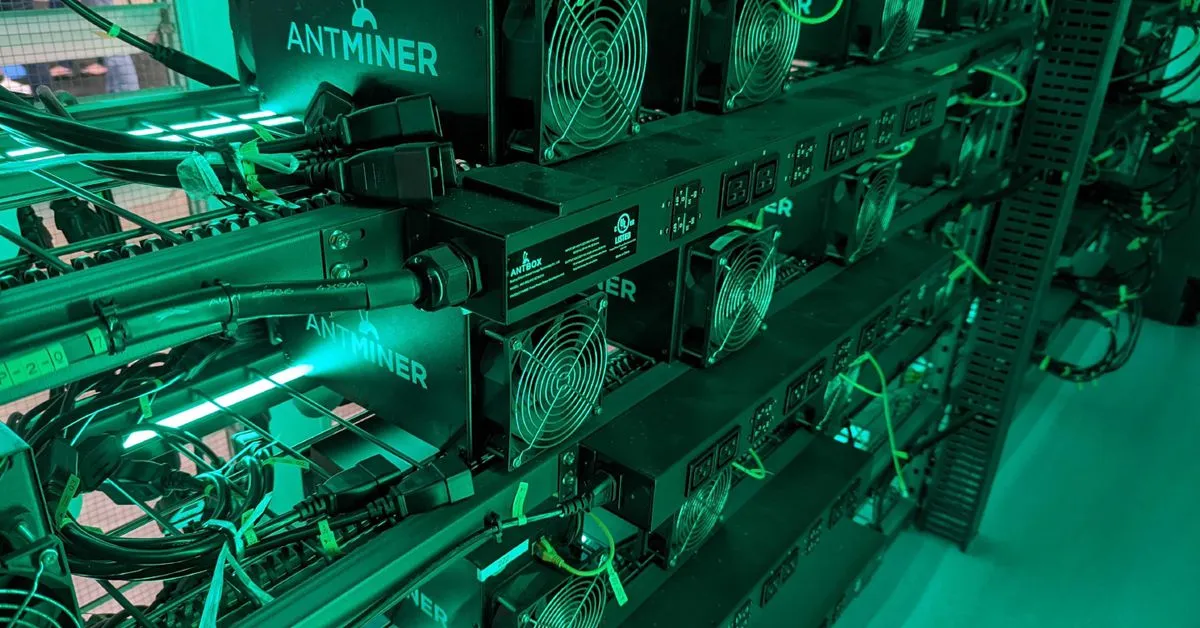As Bitcoin’s hashrate and network difficulty increase, miners are taking advantage of near all-time low prices for mining rigs – hardware machines used to verify and add new blocks to the Bitcoin blockchain. According to Colin Harper, content head at Luxor Mining, When the rigs make less money, the prices of the machines themselves decline. The newest generation of mining rigs, which use 25 joules of energy or less per terahash (TH) of computing power, have seen prices drop by 66% to $20 per terahash from $60 per TH since July 2020. Prices for older models are also dropping.
The decline in prices is due to falling profitability, caused by Bitcoin price volatility, higher energy costs, hashrate growth, and increasing network difficulty. As miners prepare for the fourth Bitcoin halving, expected in April 2024, they are taking advantage of the cheaper rigs to stay ahead of the competition. The halving will reduce the reward for successfully mining a Bitcoin block to 3.125 BTC per block from the current 6.25 BTC. Currently, it costs around at least $10,000-$15,000 per Bitcoin to profitably mine a block. After the halving, the cost could rise as high as $40,000 per Bitcoin, according to some analysts.
As miners come to realize the need to use newer-generation machines heading into the halving, prices of these computers – clocking an efficiency of under 25 J/TH – are starting to tick up. According to Luxor data, prices for these rigs have increased 5% in the past month or so. Luxor’s Harper said miners will opt for newer mining rigs with higher efficiencies and computing power compared to older models.
